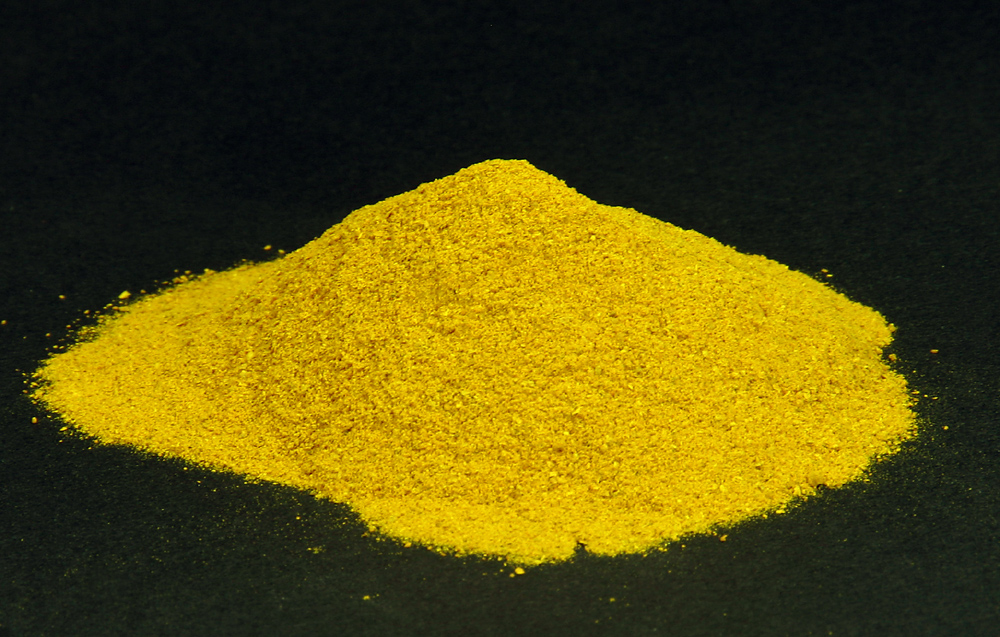No matter where you bought your food, be it a street vendor or a classy restaurant, if it wasn’t prepared properly you can get food poisoning.
Millions of food poisoning cases are reported in the U.S. yearly and a report has rounded up some of the most common germs that caused food poisoning in 2017. The report, which was published by the Centers for Disease Control and Prevention (CDC), examined information from a database that traced food poisoning cases at 10 labs all over the U.S.
As per the CDC, at least 48 million people in the country get food poisoning every year. The new report did not take into account rates of norovirus infection, which causes about 20 million cases of illness annually.
The CDC’s report encompassed 49 million people, and a team of researchers examined nine pathogens that were usually transmitted by food such as two types of parasites and seven types of bacteria.
According to the report, the most common foodborne illness germ was Campylobacter, a bacterium often found in raw poultry. In 2017, there were at least 19 Campylobacter infections per 100,000 people.
The second most reported germ was Salmonella, which caused about 16 infections per 100,000 people.
Next was by Shigella and Shiga toxin-producing Escherichia coli (E. coli) (STEC), which both caused at least four infections per 100,000 people. (Related: 9 Home Remedies You Can Try When You Have Food Poisoning.)
Compared to 2014 to 2016, the report determined a 10 percent increase in the rate of Campylobacter infections and a 28 percent increase in the rate of STEC infections in 2017.
But the researchers posited that some of these increases could have been because of a relatively new type of lab test that they used called a culture-independent diagnostic test. The new lab test allowed researchers to test for foodborne pathogens by scanning for proteins or genetic material tied to the pathogens instead of painstakingly growing germs in lab dishes.
The culture-independent diagnostic test is more effective at looking for bacteria and other pathogens, unlike the older tests.
The researchers also noted a 35 percent decrease in infections with E. coli O157, a type of STEC, in 2017 compared with 2006 to 2008. This decrease reflected a drop in E. coli O157 germs detected in ground beef for the same period.
In general, while the rate of Salmonella infections was similar for 2017 and in the 2014 to 2016 period, there was a decrease in the rate of infections for two strains of Salmonella: S. typhimurium and S. Heidelberg. These could have been because of the steps taken to vaccinate chickens against these strains of Salmonella, along with other measures that helped to prevent the contamination of meat products.
The researchers suggested that enforcing more control measures, introducing new or revising current meat and poultry performance standards, and improving training and guidance for industry and inspection personnel can help prevent foodborne illness.
Tips to prevent food poisoning
To prevent foodborne illness, follow the tips below:
- Cook food properly – Cook food to the right internal temperature to eliminate any harmful bacteria. Use a food thermometer if you’re not sure about the required temperature.
- Maintain cleanliness – Always wash your hands and keep work surfaces clean. Germs can survive in the nooks and crannies in your kitchen such as countertops, cutting boards, utensils, and even your hands so scrub everything before you cook and eat.
- Store foods separately – Make sure that you store eggs, poultry, raw meat, ready-to-eat foods and seafood separately in your shopping cart, refrigerator, and meal preparation area.
You can read more articles with tips on how to avoid food poisoning at Prevention.news.
Sources include:
LiveScience.com
AdditionalSource.com



















